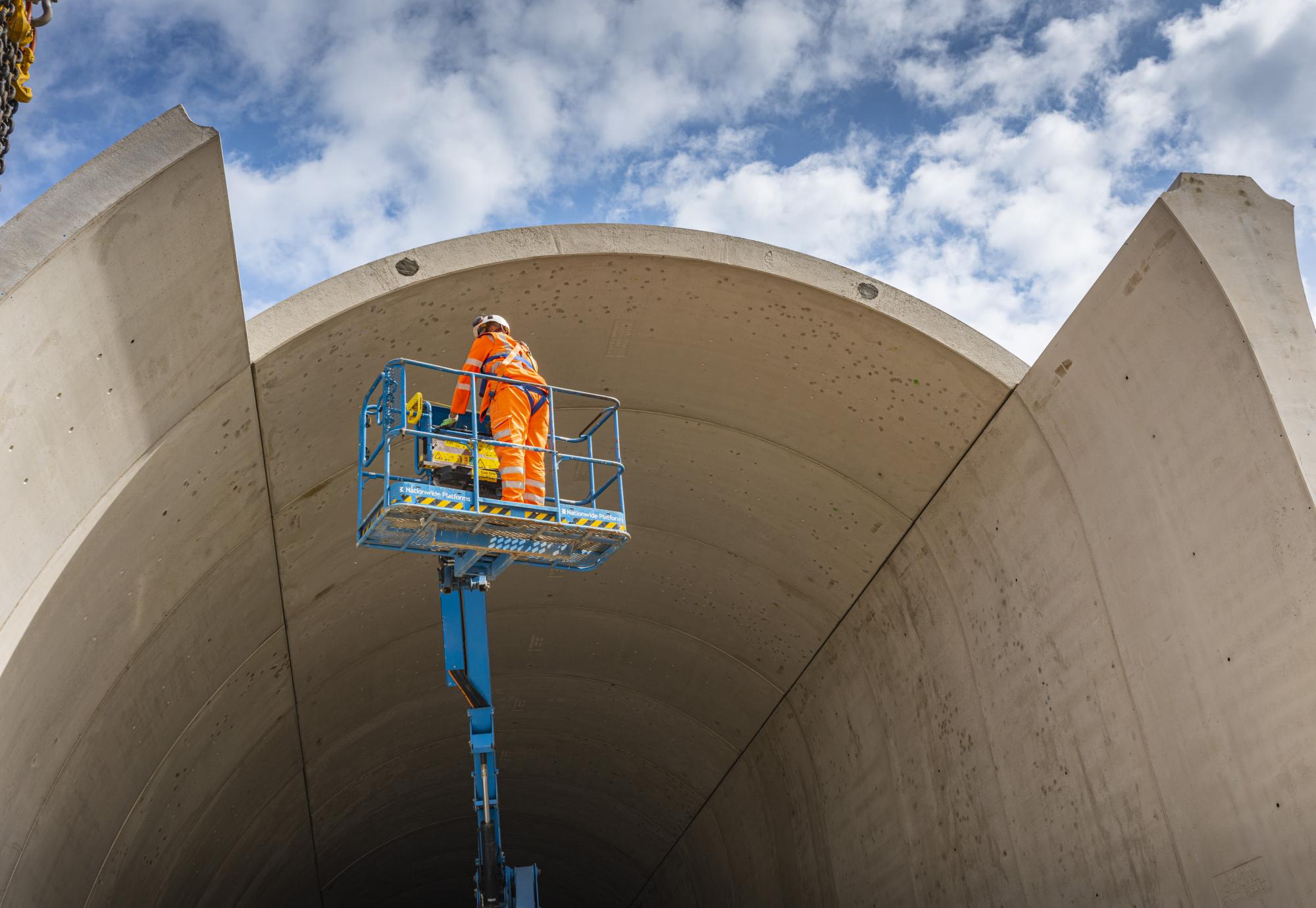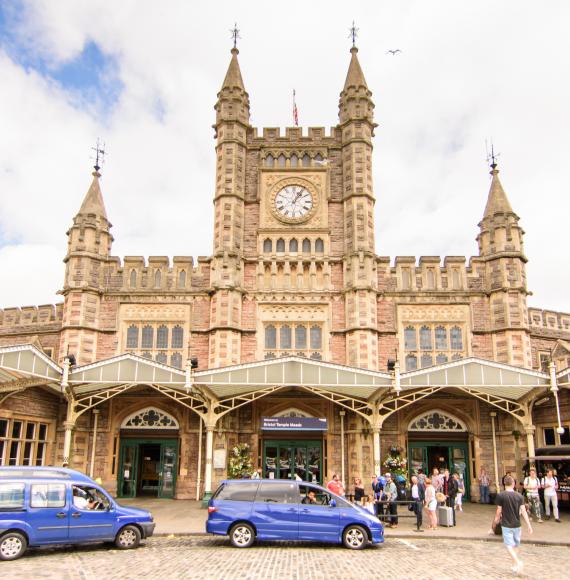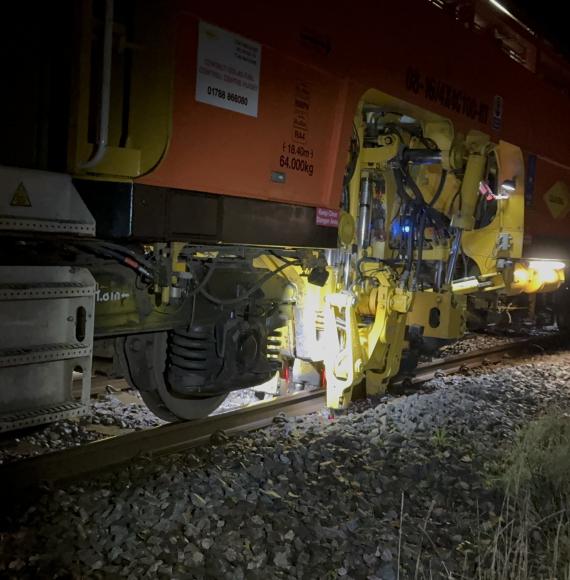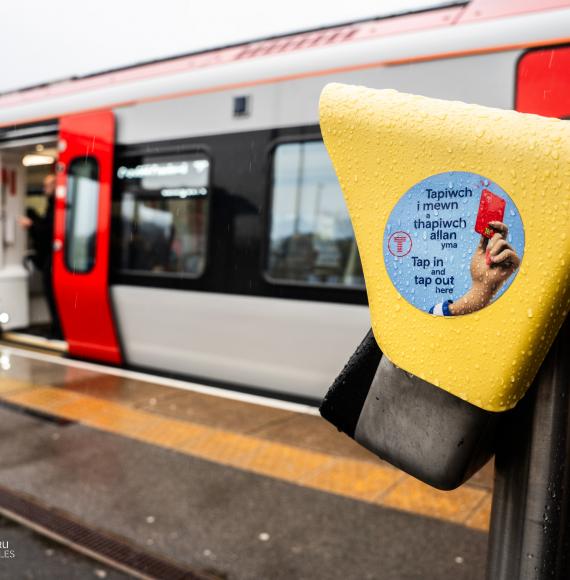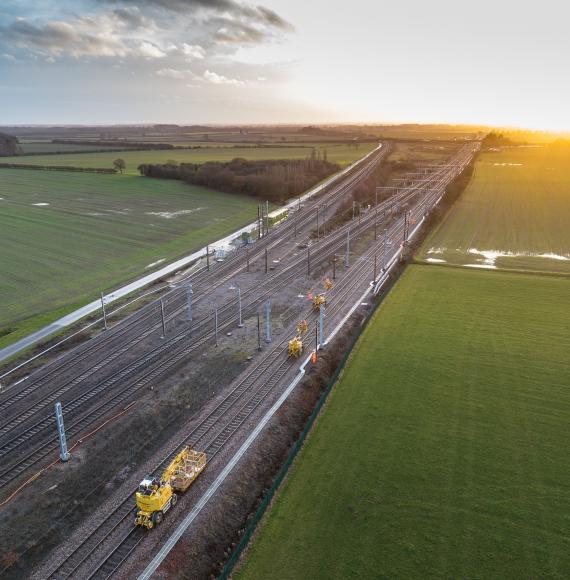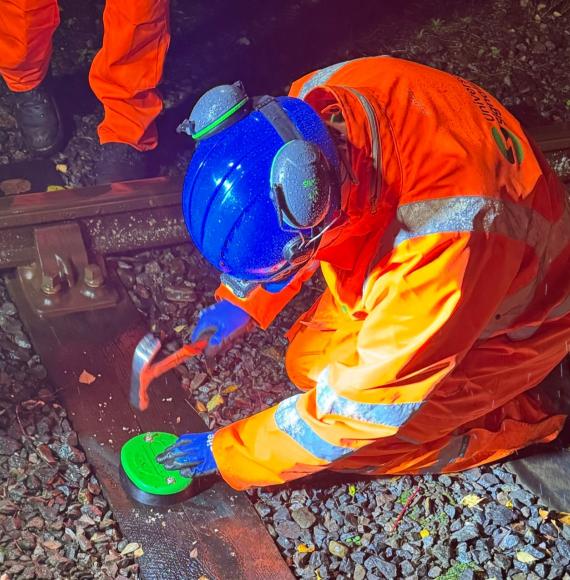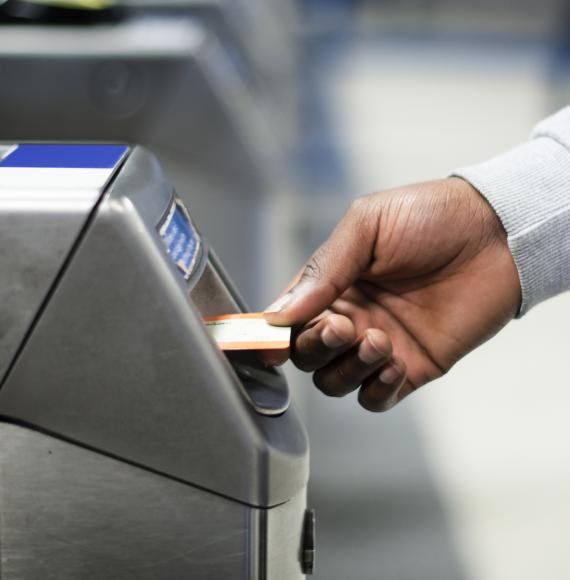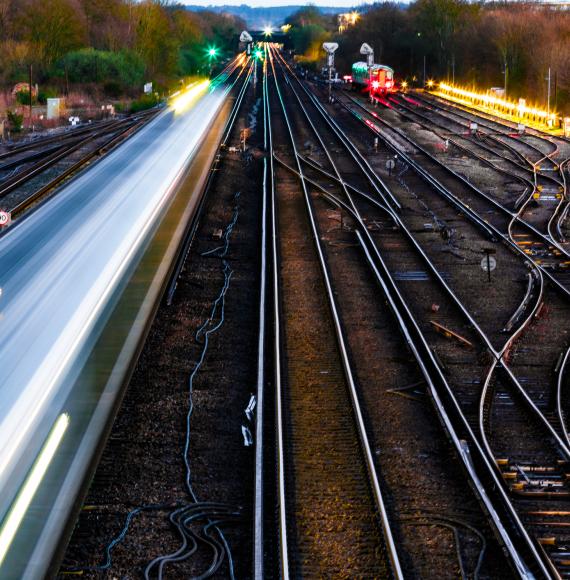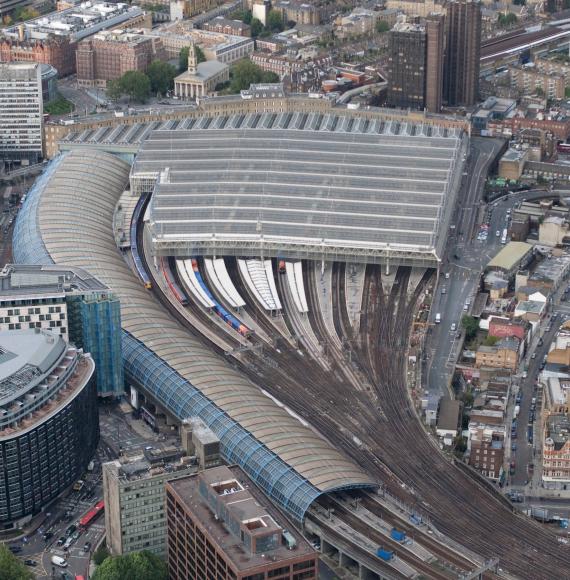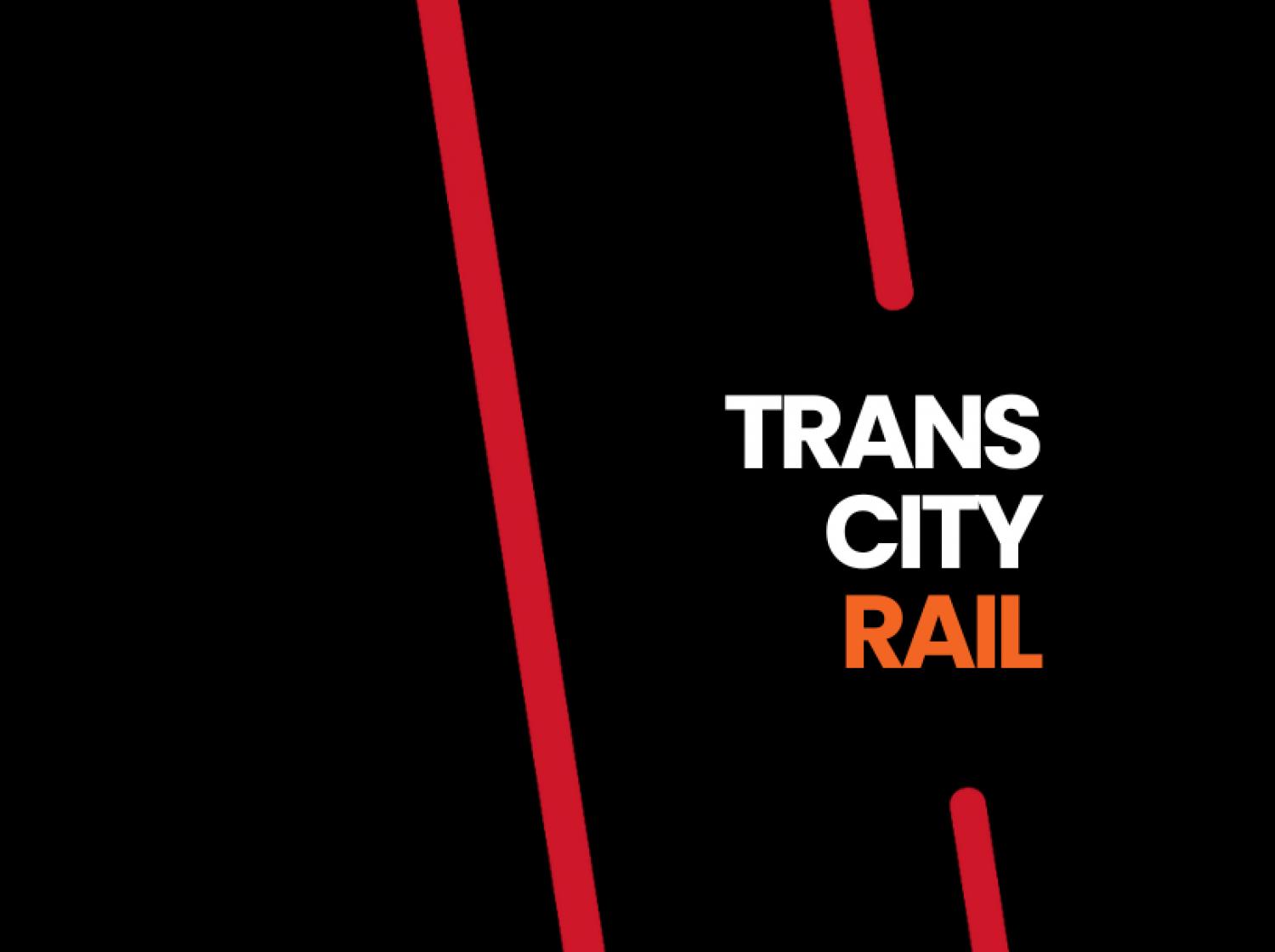The HS2 project has reached a significant milestone in West Northamptonshire, as the realigned A361 road was officially opened over the top of the emerging Chipping Warden green tunnel—one of the longest cut-and-cover tunnels on the high-speed rail programme.
Spanning 2.5km, the tunnel is being constructed within a shallow cutting, with earth reinstated above to create a landscaped finish. This approach is designed to reduce noise and visual impact for nearby communities, blending the infrastructure into the surrounding countryside.
The A361, which connects Banbury and Daventry, was closed for eleven days to allow for the safe realignment of the carriageway over the tunnel’s first completed section. This new stretch now links with the Chipping Warden Relief Road, delivered by HS2 in 2022 to divert traffic from the village centre.
With the road reopened on Friday, HS2’s contractors can now begin work on the final section that will connect the two completed halves of the tunnel.
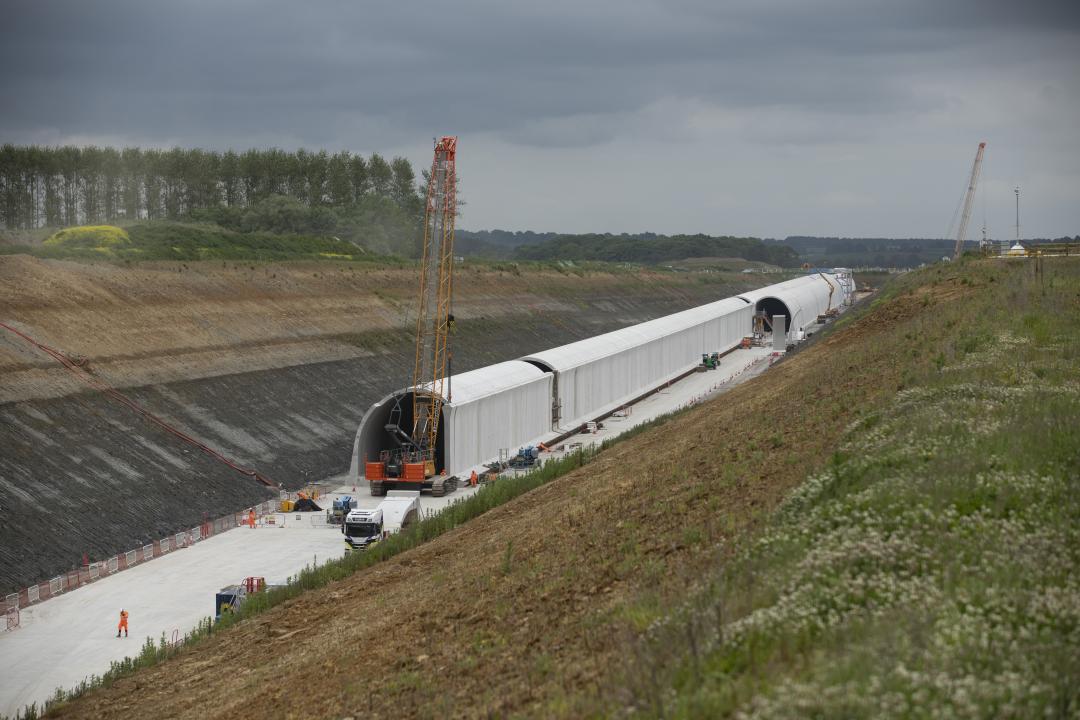
Constructed using precast concrete segments, the tunnel features an ‘M’-shaped profile, with separate bores for northbound and southbound trains. The design draws inspiration from similar structures on France’s high-speed network, with offsite precasting chosen to accelerate assembly and reduce carbon emissions.
However, early productivity fell short of expectations. The thinner segments, while environmentally beneficial, presented unforeseen challenges during the initial two years of construction. In response, HS2 and its main works contractor EKFB—a joint venture of Eiffage, Kier, Ferrovial Construction, and Bam Nuttall—implemented a series of process improvements.
These changes have significantly boosted productivity, doubling the installation rate from two segments per day in 2022/23 to 5.5 per day in 2024/25. To date, 2.1km of tunnel segments have been installed.
“We’ve had some serious challenges with the Chipping Warden green tunnel, so it’s great to see the A361 permanently diverted and a clear path ahead for the completion of the tunnel,” said Hugo Rebelo, Senior Project Manager at HS2 Ltd.
“The improvements we’ve made to construction processes over the last year have helped us turn a corner – but we still need to keep up the focus on productivity, while delivering the work safely and to the necessary quality.
“I’d also like to thank our neighbours for their patience during the road closure, which was necessary to complete the realignment of the road and our site teams for working so hard to get it reopened on time.”
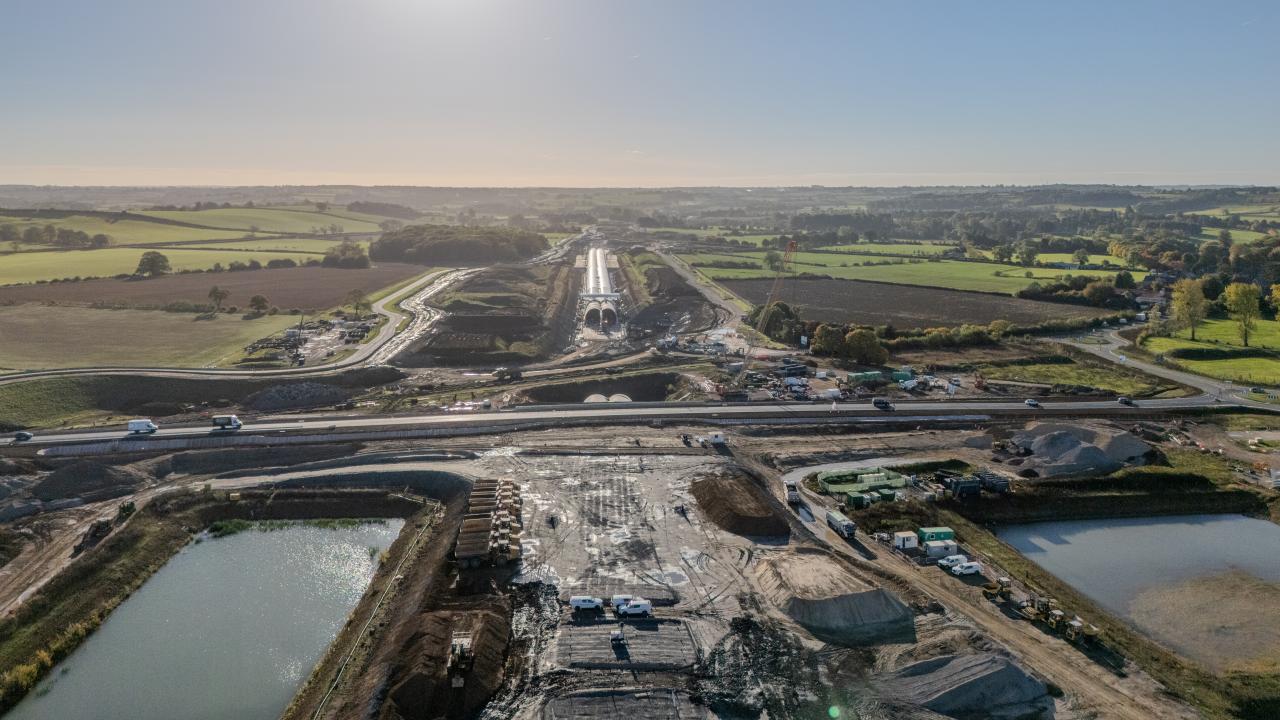
Chipping Warden is one of five green tunnels on the HS2 route. These cut-and-cover structures are designed to be landscaped post-construction, minimising environmental disruption.
Construction is progressing in stages. After excavation, a concrete base—or ‘blinding’ layer—is laid. To streamline this phase, steel reinforcement is now delivered as roll mats, allowing for rapid deployment ahead of concrete pours.
Each tunnel section comprises five precast segments forming the ‘M’ shape. Continuous refinements to delivery and installation have improved speed and precision, reducing downtime and enhancing workflow.
Following assembly, a concrete invert slab is poured to support the track. This process has been accelerated by altering concrete delivery logistics and introducing prefabricated reinforcement cages, doubling output.
The central valley of the ‘M’ is being filled with aerated concrete—a faster and more reliable alternative to traditional aggregate.
All innovations were trialled at a purpose-built test tunnel, enabling the team to validate new methods without risking delays to the main build. These trials, combined with a renewed focus on logistics and direct delivery by EKFB, have driven a notable increase in installation rates.
“The A361 road realignment marks the completion of a complex section of the overall construction works of the green tunnel,” said Alexei Bond, EKFB’s Project Director.
“The relief road is designed to improve connectivity for Chipping Warden and commuters and ease the volume of traffic which once affected the local village.
“Although this is a welcomed milestone in the delivery programme, there is still much to do to connect the central part of the tunnel to finish the structure. Unit installation is benefitting from increased productivity on site and I’m delighted with the progress made over the past year – a testament to the team’s hard work.”
Once operational, HS2 will transform connectivity between London and Birmingham, freeing up capacity on the West Coast Main Line for freight and regional services.
Despite progress across the route, some civil engineering elements—such as the Chipping Warden tunnel—have experienced delays. HS2 Ltd’s Chief Executive, Mark Wild, is now leading a comprehensive reset of the programme to ensure delivery is both efficient and cost-effective.
The railway will feature 32 miles of tunnel, including major bored sections under the Chilterns and urban approaches to London and Birmingham, alongside five cut-and-cover tunnels. Lessons from Chipping Warden are already being applied to similar precast builds at Wendover and Greatworth.
Two additional cut-and-cover tunnels—at Copthall and Burton Green—are being constructed using a cast in-situ method, tailored to their specific site conditions.
Image and video credit: HS2

